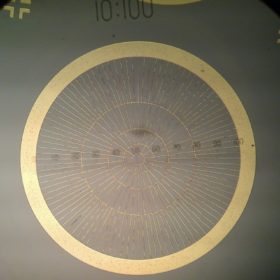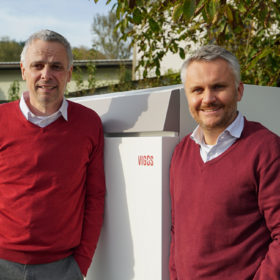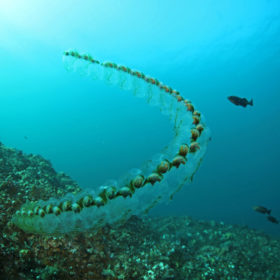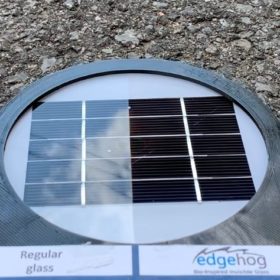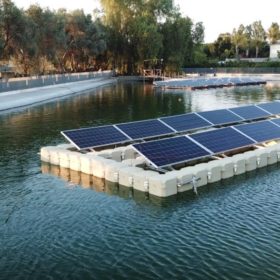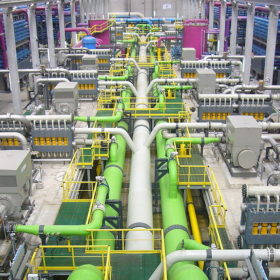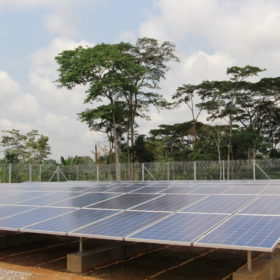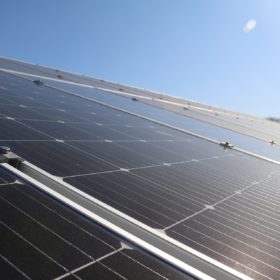Best tech for intermediate-band solar cells
Researchers in Spain have analyzed the most important technologies for the development of intermediate-band solar cells (IBSC), a solar PV technology that was conceived to exceed the Shockley–Queisser limit. They identified four established technologies that are currently being adopted to manufacture IB materials and IBSC prototypes. Their future goal is to find the appropriate material to fabricate cheap and very efficient IBSCs.
Outdoor storage system based on lithium titanate oxide cells
Bluesky Energy has unveiled a storage system based on lithium titanate oxide cells. The new product is claimed to have a service life of 20,000 cycles and to cope well with extreme climatic conditions.
Solar-powered cooling system for crop storage
South African scientists have used a PV system to keep tomatoes in cold storage. They linked an air-cooling system and evaporative cooling tech to a 3.5 kW array and 12 batteries and tested it for 28 days in September.
Hybrid salp swarm algorithm for MPPT optimization
Indian researchers have created a hybrid salp swarm algorithm to optimize MPPT tracking in PV systems under partial shading conditions. It is based on the swarming behavior of salps in the ocean.
Omnidirectional anti-reflective coating from Canada
Founded in 2018, Edgehog Advanced Technologies has developed an omnidirectional anti-reflective glass for solar panels, which increases their production, especially at the start and end of the day.
Understanding perovskite degradation
Scientists in the US took a closer look at the mechanisms causing perovskites to degrade under light and raised temperatures. By testing perovskite cells with various additives and other recipe tweaks, the group was able to identify pathways to improving long-term stability.
Enel to combine floating PV, hydropower
The Italian utility is testing several technologies at a floating PV array in Sicily. It wants to select the most promising ones for future large-scale projects in the reservoirs of its hydropower plants throughout the world.
PV powered desalination is “the most competitive design”
Scientists in France conducted an analysis on the competitiveness of water desalination, taking a large scale project planned for Morocco as a case study. The research concludes that PV without storage is the cheapest option to power desalinators, and will likely remain so until at least 2030.
Thermodynamics-inspired model for microgrid feasibility
Researchers in the U.S. have deployed a phase model, inspired by thermodynamics, to total system costs and technology choices of power grids. Doing so allowed the group to make assumptions for when all renewables powered microgrids become the most economically viable option.
NREL’s performance ratio method applied to thousands of PV systems
Researchers have analyzed the monthly performance ratio of 8000 PV installations distributed across the United Kingdom by using the calculation model of the U.S. National Renewable Energy Laboratory. They measured, in particular, thermal impact on the performance ratio (PR) and found that Spring and Summer seasons have higher monthly PR compared to Autumn and Winter.
